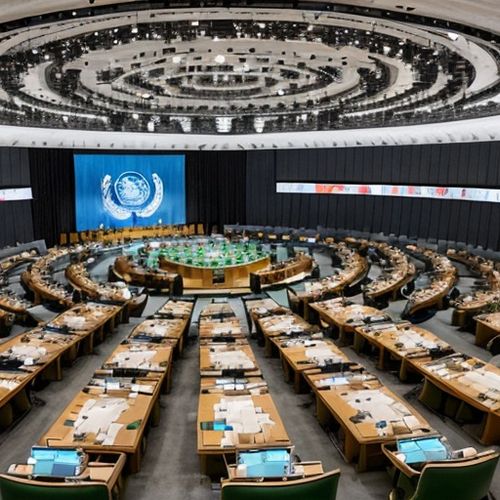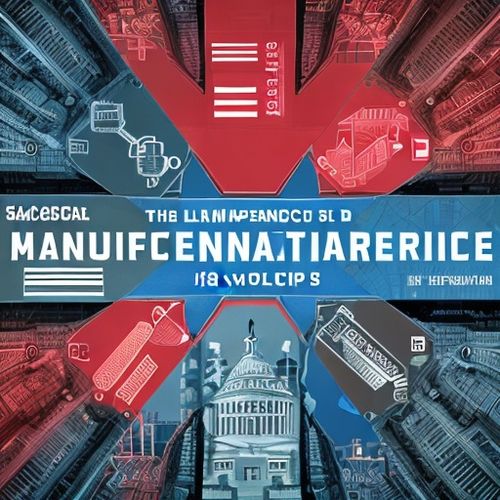The United Nations has taken a historic step forward in the fight against plastic pollution by adopting the Global Plastics Treaty, a landmark agreement aimed at phasing out unnecessary plastics by 2040. This ambitious treaty represents a collective effort by nations worldwide to address one of the most pressing environmental crises of our time. With plastic waste choking oceans, harming wildlife, and infiltrating human food chains, the treaty marks a turning point in global environmental policy.
Under the treaty, countries will be required to implement stringent measures to reduce plastic production, enhance recycling systems, and promote sustainable alternatives. The agreement emphasizes a circular economy approach, where plastics are designed for reuse and recycling rather than single-use disposal. This shift is expected to significantly curb the flow of plastic waste into landfills and natural ecosystems, ultimately reducing the environmental footprint of human consumption.
The negotiations leading up to the treaty were fraught with challenges, as nations grappled with balancing economic interests with environmental responsibilities. Industries reliant on plastic production, particularly packaging and fossil fuel sectors, pushed back against stringent regulations. However, growing public awareness and advocacy from environmental groups helped sway the discussions toward stronger commitments. The final text reflects a compromise, but one that leans heavily toward progressive action.
Developing nations, often the most affected by plastic pollution despite contributing less to its production, will receive financial and technical support to meet treaty obligations. This provision was a critical point of contention, as wealthier nations debated their level of responsibility in assisting poorer countries. The finalized agreement includes a funding mechanism to ensure equitable participation, recognizing that global plastic waste cannot be tackled without addressing disparities in resources and infrastructure.
Scientists and environmentalists have largely welcomed the treaty, though some argue that the 2040 timeline is not aggressive enough given the accelerating rate of plastic pollution. Microplastics have been detected in the deepest ocean trenches and highest mountain peaks, demonstrating the pervasive nature of the problem. Critics warn that without immediate and drastic action, the damage could become irreversible. Nonetheless, the treaty provides a framework for incremental progress, with periodic reviews to assess and strengthen commitments.
The treaty also places a strong emphasis on innovation, calling for increased investment in biodegradable materials and advanced recycling technologies. Researchers are already exploring alternatives such as algae-based plastics and enzyme-driven breakdown processes, which could revolutionize how we produce and dispose of materials. By fostering collaboration between governments, industries, and academia, the treaty aims to accelerate the development of viable solutions.
Public engagement will play a crucial role in the treaty’s success. Education campaigns and community initiatives are expected to drive behavioral changes, encouraging consumers to reduce plastic use and adopt more sustainable habits. Grassroots movements, particularly among younger generations, have been instrumental in pushing for policy changes, and their continued activism will be vital in holding governments and corporations accountable.
As the world moves toward the 2040 goal, the real test will be in implementation. Enforcement mechanisms, transparency in reporting, and international cooperation will determine whether the treaty achieves its objectives. Past environmental agreements have sometimes faltered due to weak compliance, but the urgency of the plastic crisis may galvanize stronger adherence. The treaty’s success could set a precedent for future global environmental accords, proving that collective action is possible in the face of planetary challenges.
The Global Plastics Treaty is more than just a policy document—it is a statement of intent from the international community to prioritize the health of the planet over short-term convenience. While the road ahead is long and fraught with obstacles, the agreement offers hope that humanity can reverse the tide of plastic pollution and create a more sustainable future for generations to come.

By Emily Johnson/Apr 10, 2025

By John Smith/Apr 10, 2025

By Christopher Harris/Apr 10, 2025

By Noah Bell/Apr 10, 2025

By Rebecca Stewart/Apr 10, 2025

By Victoria Gonzalez/Apr 10, 2025

By Amanda Phillips/Apr 10, 2025

By Emma Thompson/Apr 10, 2025

By Lily Simpson/Apr 10, 2025

By Emma Thompson/Apr 10, 2025

By Sophia Lewis/Apr 10, 2025

By Rebecca Stewart/Apr 10, 2025

By Noah Bell/Apr 10, 2025

By Sophia Lewis/Apr 10, 2025

By Christopher Harris/Apr 10, 2025

By Eric Ward/Apr 10, 2025

By Daniel Scott/Apr 10, 2025